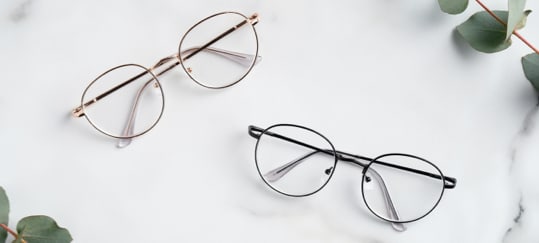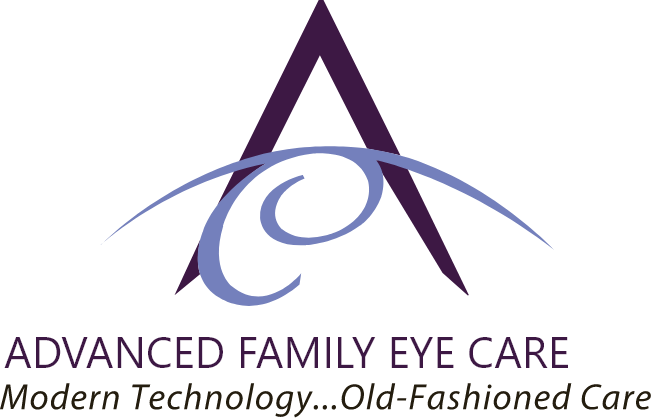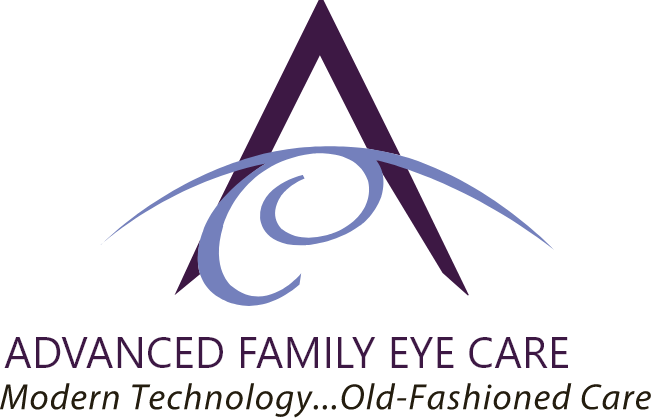Preserving Your Sight with Care & Compassion
Managing your eye health is a life-long responsibility, and we’re proud to be the team you trust to help support and preserve your vision. And because every eye is a little different, we orient our approach to address potential issues using comprehensive techniques and personalized processes.
If you need help addressing an eye disease, book an appointment with the Advanced Family Eye Care team today.
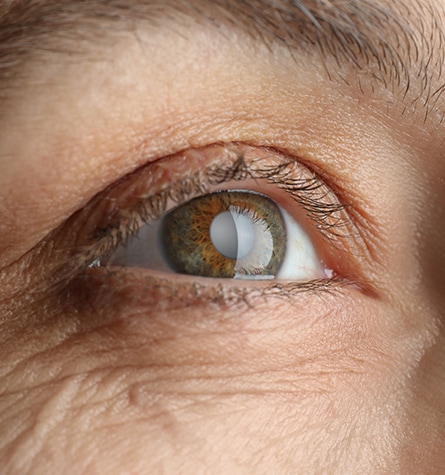

Why Do We Look for Eye Diseases?
The risk of developing an eye disease is different for everyone. Some may have health conditions that can increase the risk of eye disease, while others may develop a risk of eye disease as they age.
However, early detection, diagnosis, and management are key to preserving your sight regardless of your risk.
We perform comprehensive eye disease screenings during every eye exam, and we can even orient our approach to look for specific diseases you may have a higher risk of developing.
Our Diagnostic Technology
Optical Coherence Tomography
Optical coherence tomography (OCT) is a technique that uses light to create cross-sectional images of your retina. Think of an OCT image as a type of ultrasound of your retina, but instead of using sound, it uses light to help us detect eye diseases.
OCT images can help us detect:
Optos Retinal Imaging
Optos digital retinal imaging is a device we use to capture high-quality color pictures of your retina, retinal blood vessels, macula, and optic nerve.
From these images, we can detect signs of:
Goldmann & iCare Tonometry
Tonometry is a technique that measures the internal pressure of your eye to detect signs of glaucoma. We use a 2 different tonometry devices:
- Goldmann applanation tonometry measures your eye’s internal pressure by gently placing a small probe against your cornea and analyzing its resistance.
iCare tonometry is a hand-held device that also uses a probe to gently press your cornea and measure your eye’s internal pressure.
Corneal Topography
Corneal topography is a common technique we use in our contact lens exams and fittings, but we may also use it to detect corneal conditions like:
Some eye diseases can develop for years without showing any noticeable symptoms. Without treatment, these issues could eventually lead to permanent vision loss.
We use various technologies to take a deep, detailed look at your eye health and detect potential issues you may be developing. If we discover an eye disease during your eye exam, we’ll get to work on creating a strategy to help manage the issue and preserve your sight.
Some techniques we use to detect these concerns include optical coherence tomography, Optos retinal imaging, Goldmann and iCare tonometry, and corneal topography.
Common Eye Diseases & Conditions
We manage each disease and condition with individual strategies unique to your eye care needs. Depending on the issue, we may recommend oral medications, ocular injections, lifestyle changes, or even eye surgery to help preserve your sight.
Before we can start treating the issue, we first need to determine what it may be and how it’s affecting your vision. Some of the most common eye diseases and conditions we help address include corneal conditions, diabetic eye diseases, glaucoma, and age-related macular degeneration.
Corneal Conditions
Corneal conditions can affect your eyes and vision in several ways. Depending on the issue, you may experience eye discomfort, visual distortions, or frequent eye infections. Common conditions include:
Diabetic Eye Disease
Diabetes can increase the risk of several eye diseases, but the most common include diabetic retinopathy and diabetic macular edema. Without treatment, these issues may lead to permanent vision loss.
Please visit our Diabetic Eye Exams page to learn more about these diseas
Glaucoma
Glaucoma is a group of eye diseases that affect your optic nerve, the part of your eye responsible for taking the images your retina collects and transporting them to your brain.
Glaucoma can lead to permanent vision loss, but we can detect the issue and determine which kind you may have by measuring your eye’s internal pressure or observing your optic nerve during an eye exam.
The 3 most common types of glaucoma include:
Age-Related Macular Degeneration
Age-related macular degeneration (AMD) is one of the most common eye diseases affecting adults over 55, and it could lead to permanent vision loss without treatment. AMD affects your macula, the part of your retina responsible for providing the central vision you use to see fine details.
There are 2 types of AMD:
Wet AMD occurs when abnormal blood vessels grow underneath the retina, which can break, leak fluids, and cause your macula to swell over time.

Get Help Managing Your Eye Health Today
The first step towards preserving your vision starts when you book an eye exam. Book your next appointment with Advanced Family Eye Care and get help managing your eye health today!
Our Location
We’re located just off Riverstone Blvd. in The Offices at Riverstone. If you have any trouble finding us, please give us a call.
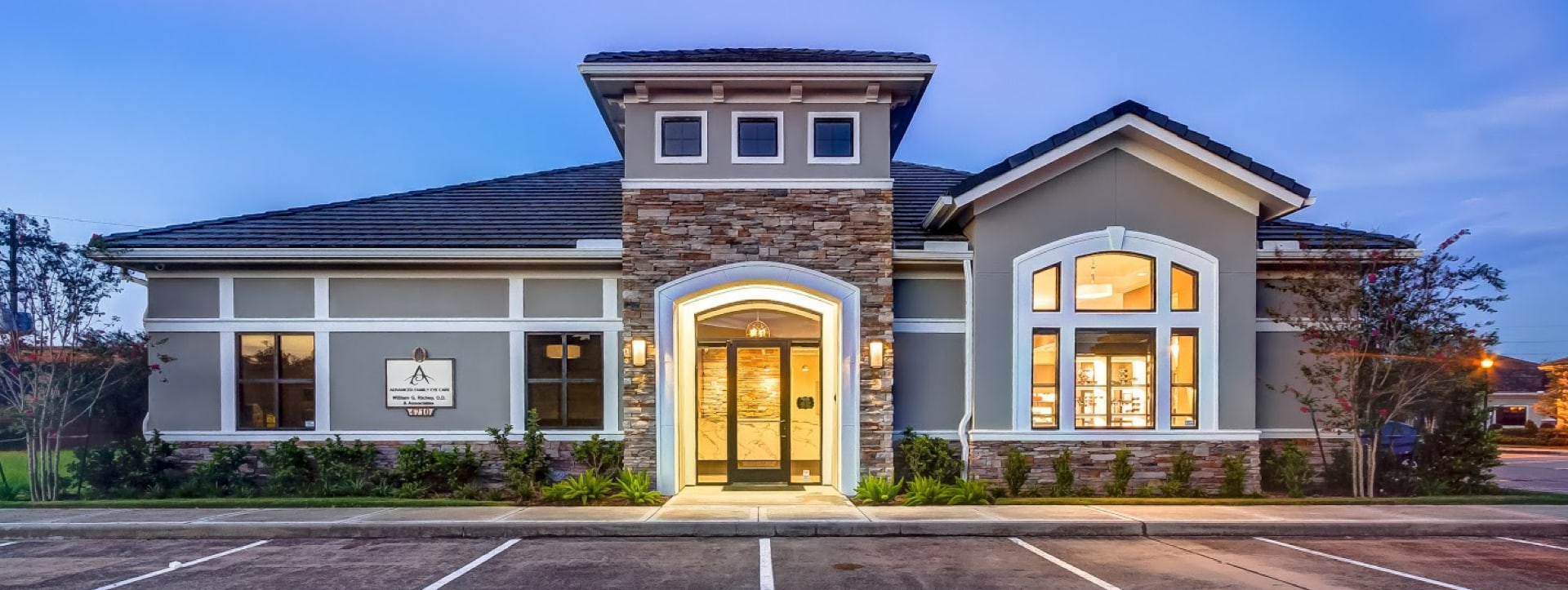
Address
- 4710 Riverstone Blvd.
- Missouri City, TX 77459
Contact Us
- Phone: 281-208-5999
Hours of Operation
- Monday: 9:00 AM – 6:00 PM
- Tuesday: 9:00 AM – 5:00 PM
- Wednesday: 9:00 AM – 6:00 PM
- Thursday: 9:00 AM – 5:00 PM
- Friday: 9:00 AM – 5:00 PM
- Saturday: Closed
- Sunday: Closed

Our Brands

